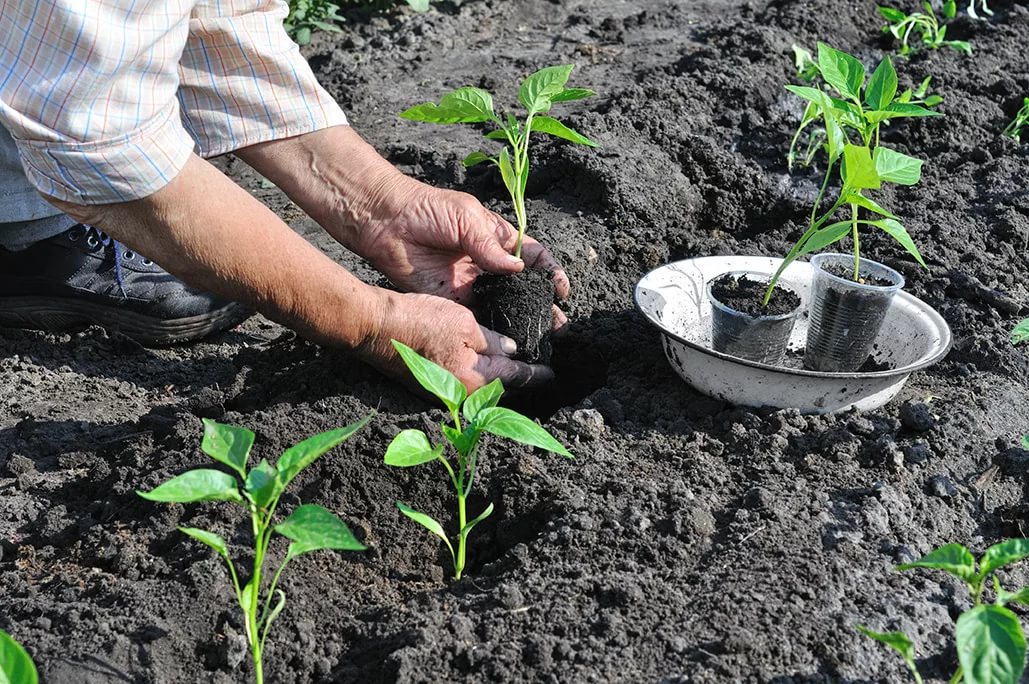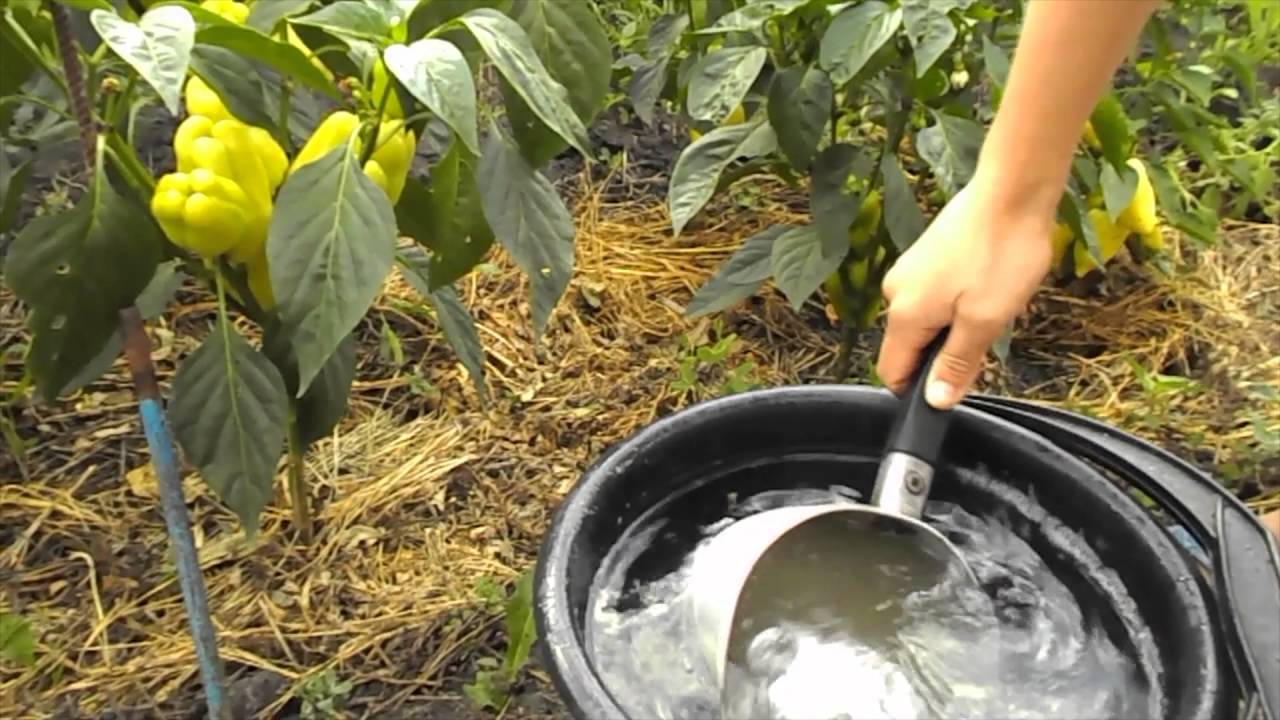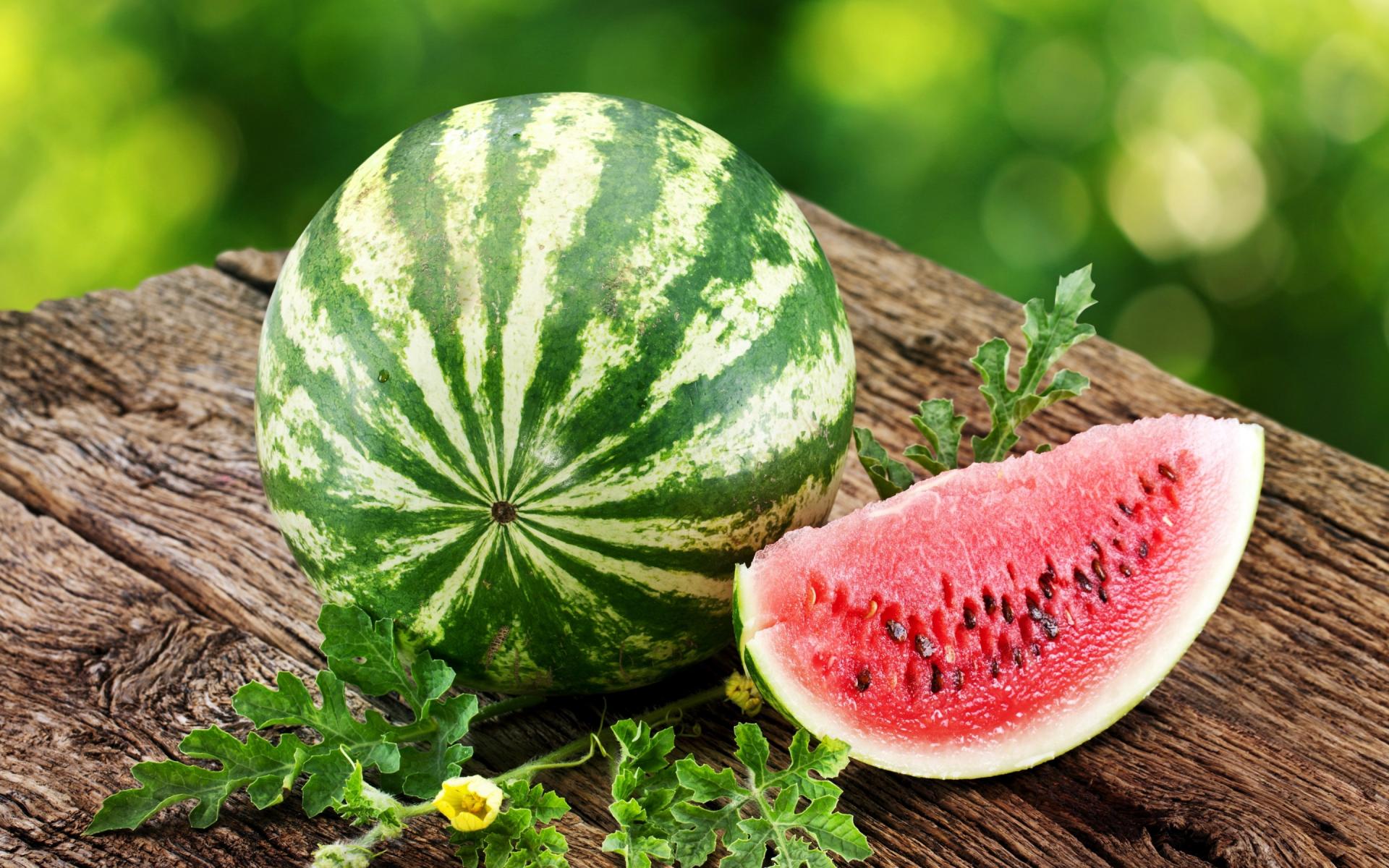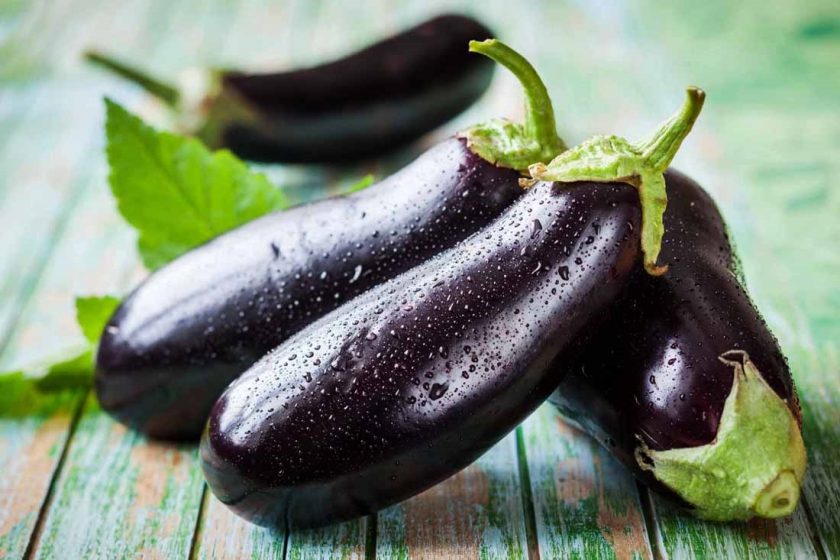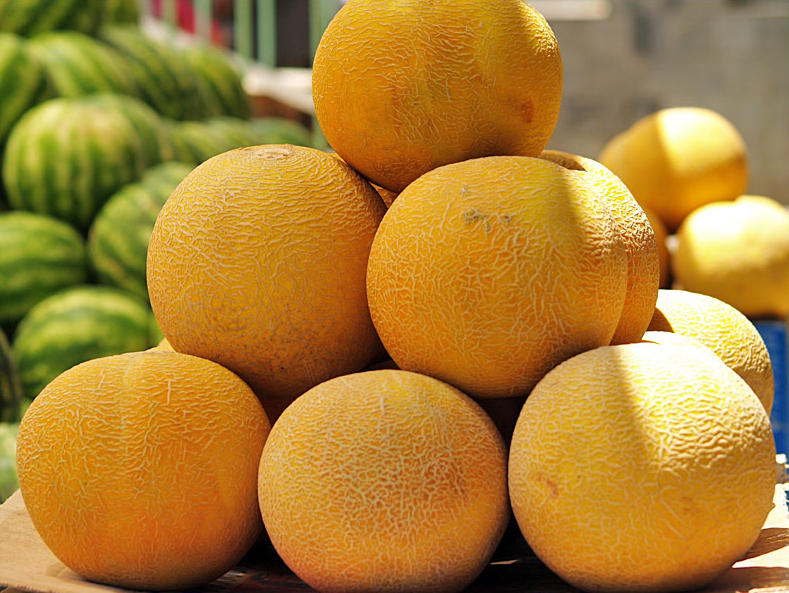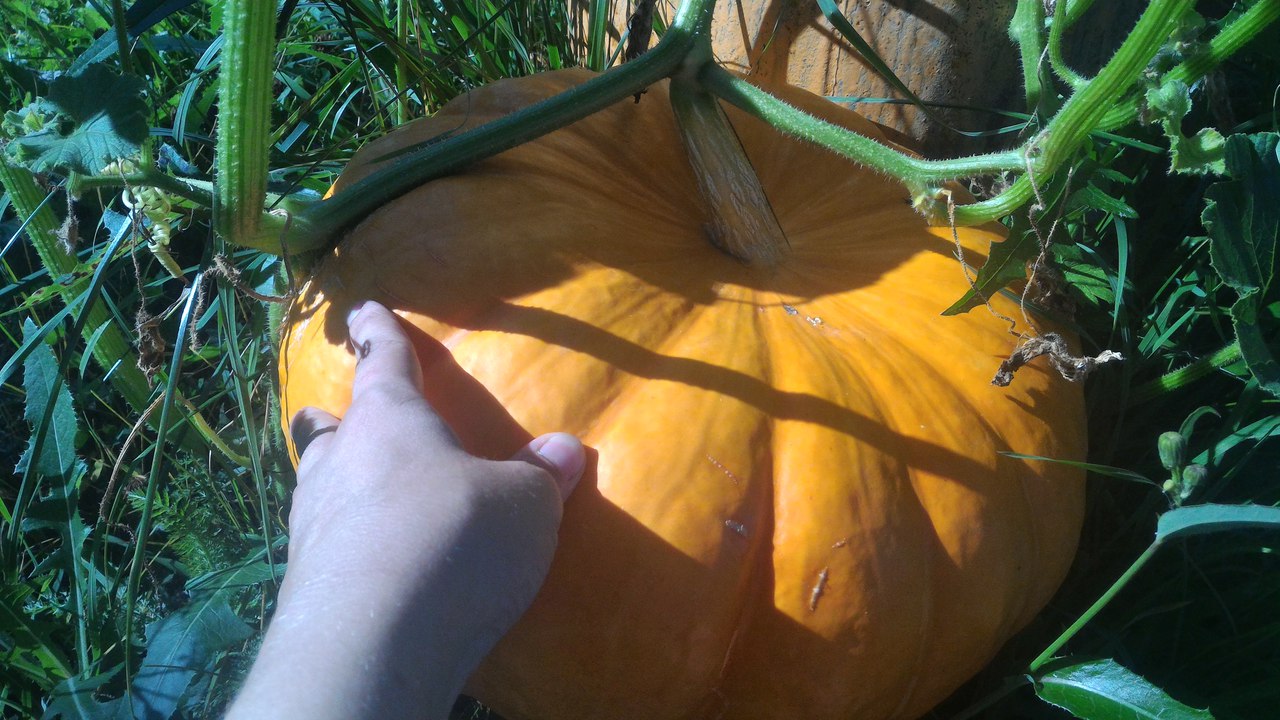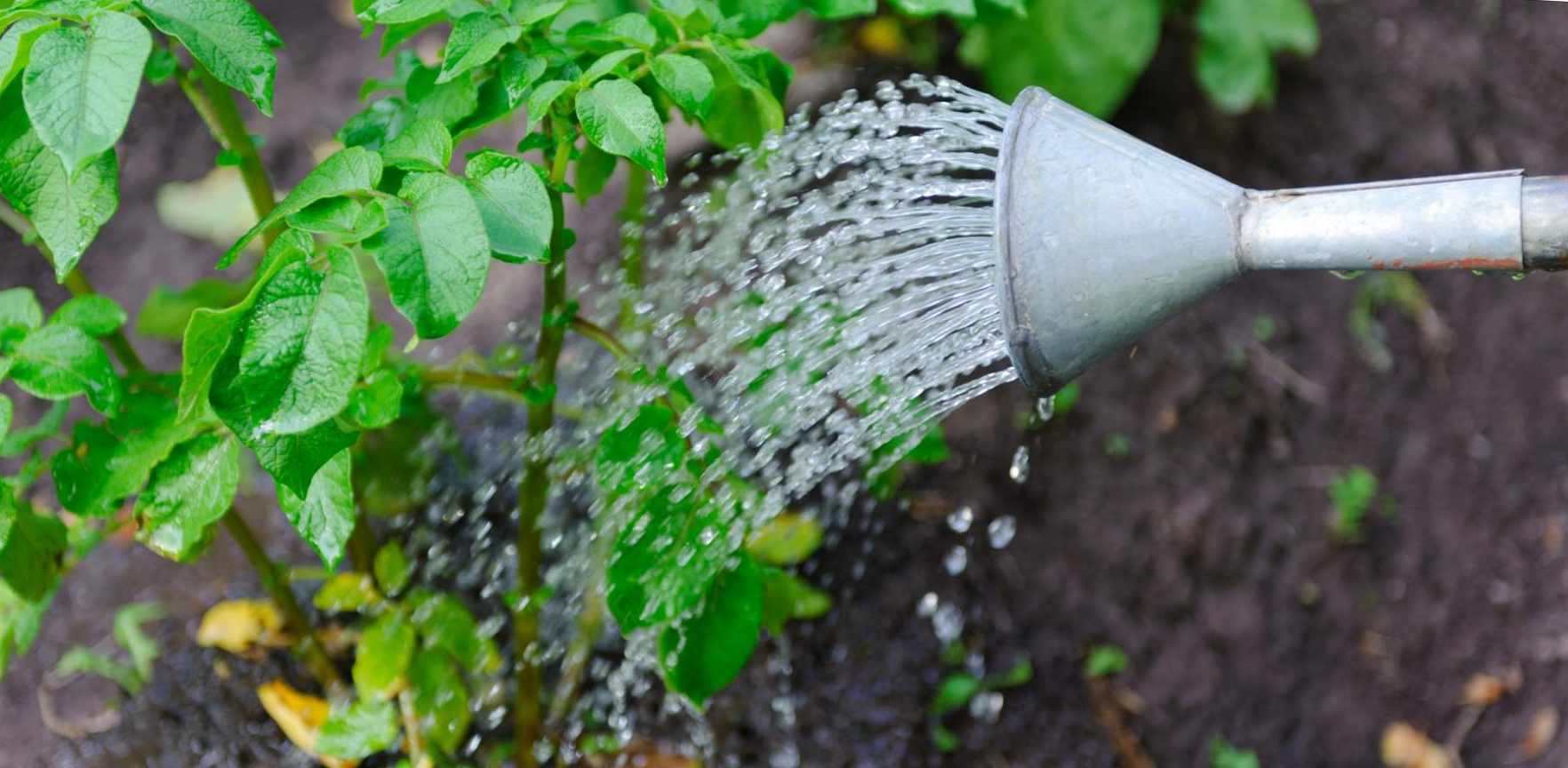Content:
Despite the fact that watering plants is a common procedure for summer residents, many make the same mistakes from year to year. As a result of improper actions, the plants die, despite the desire of gardeners to preserve the planted crops. To harvest good fruits, you must follow certain rules.
When and how often pepper is watered in the open field
Regardless of the area in which the garden is located, there are general agricultural requirements.
How to water peppers outdoors:
- It is necessary to water the plants in the morning, so all the moisture is absorbed into the ground. Sprinkling during the day will damage the leaves by the sun's rays, as the drops remaining on the pepper will act as a magnifying glass. If irrigation takes place in the evening, excess liquid will not penetrate into the deeper layers of the soil to the tips of the roots. The upper part will dry out and crack, which will lead to the death of the sprout or adult plant.
- You need to water from a watering can with a nozzle or from a special shower. Then the water will be evenly distributed around the plant, without eroding the roots due to strong pressure.
- Room water temperature is optimal for watering peppers. Too cold will upset the balance in the root system, creating a contrast between the heated soil and the incoming streams. Hot water will burn the roots, interrupting their normal functioning. This will negatively affect the intake of nutrients from the soil and the development of the plant.
How to water bell peppers in hot weather
In dry weather, it is recommended to water the peppers at least once every 2 days. The amount of water must be sufficient for it to pass to the very roots. In order not to be mistaken and not to ruin the plant with excessive moisture, you need to loosen the ground around the bush. After that, when watering, you need to pay attention to the formation of a puddle. If the water does not continue to drain to the roots, then it is worth stopping.
At a temperature of +30 degrees, it is necessary to process not only the area around the pepper, but also the land between the bushes when watering. Then each plant will have a reserve of moisture left under the ground in order to be saturated with water if needed.
During landing
When planting pepper for the proper development of the plant, you must do the following, observing the sequence:
- Dig a hole, put purchased fertilizer or coal on the bottom.
- Plant a sprout in a hole, covering it with ¾ earth.
- Sprinkle a little fertilizer on top.
- Sprinkle the pepper with plenty of water.
- Fill up the remaining space in the pit.
After that, you don't need to water the plant again. The next irrigation is best done every other day or 2, depending on weather conditions. During the development of the sprout, it is necessary to water it less often than an adult pepper. This will reduce the risk of rotting.
During and after flowering
It is necessary to water every 2-3 days before the heat begins. In this case, the following proportion should be observed: 10 liters per 1 square meter. With this volume, all planted plants will receive a sufficient amount of water.
When watering with cold water, the stage of fruit ripening may not come. To understand how comfortable its temperature is for peppers, you need to pay attention to external signs. If the flowers have slowed down their growth, do not form at all or quickly fall off, it is worth taking warmer water for irrigation.
Watering the pepper during fruit ripening
During the ripening of vegetables, the plants are watered with less water. On average, it is necessary to sprinkle 2 times a week. For the fruit to be sweet, the liquid should be 2-3 degrees warmer than room temperature. To get bitter pepper it is recommended to take colder water.
Watering when feeding a plant
An important condition for the development of pepper is feeding, which must be carried out together with irrigation. The main substances needed by a plant during its flowering are potassium, calcium, phosphorus and nitrogen. They are released in small quantities in the soil, but with a small amount of symbiont bacteria, mineral compounds are not enough. Feeding procedure:
- Complex stress, which increases the quality of the soil as a whole, is distributed around each bush. The dose must be specified in the instructions.
- After 20 minutes it is necessary to wet the soil. The water temperature is not higher than 30 degrees.
- After an hour, water the entire garden abundantly.
When budding, it is better to pay attention to fertilizers containing nitrogen, and during the ripening of fruits, to potassium and calcium supplements. It is not recommended to purchase fertilizers that contain chlorine. It will negatively affect the root system of the plant.
In addition to minerals, the plant may need others. To understand what organic and inorganic compounds are required for pepper, it is necessary to pay attention to the appearance of vegetative organs, in particular the stem and root.
| External signs | Mineral problems | How to fix |
|---|---|---|
| Gray or dull leaves on the back, | Lack of nitrogenous compounds | Spraying regularly with urea on the base of the stem and the area around the pepper. |
| Falling ovary or early wilting of fruits | Boron deficiency | Boric acid solution diluted with water in a ratio of 1:10. |
| Slow fruit growth | Phosphate deficiency | Reduce the amount of nitrogenous fertilizers or change the frequency of their application. Adding superphosphate to the diet. Dilute 2 tablespoons per 5 liters of warm water. |
| Few peppers | Boron excess |
When to stop watering peppers
The optimal length of daylight hours is 12 hours. Therefore, the start and end time of irrigation must be selected depending on the characteristics of the geographical location. The table below shows data for the regions of Russia, based on which you can draw up your own sprinkler plan. The average daylight hours for all cities are given in hours.
| Geographical position | March | April | May | June | July | August | September | October |
|---|---|---|---|---|---|---|---|---|
| Northern regions | 8.5 | 12 | 15 | 17.5 | 18 | 16 | 15 | 12 |
| central Russia | 9 | 11 | 14 | 16 | 17.5 | 17 | 14 | 12 |
| Siberia, middle part * | 10 | 12.5 | 17 | 21 | 20 | 18 | 11 | 7 |
| Far East, middle part * | 11 | 14 | 18 | 21 | 20 | 17 | 13 | 9 |
| Southern regions | 11.5 | 13.5 | 15 | 16 | 16 | 14 | 13 | 10 |
* This refers to regions between 65 and 55 degrees north latitude.
To understand when it is necessary to end sprinkling, in addition to the length of daylight hours, it is important to take into account the temperature regime. Watering is optimal at 18 - 25 degrees. If the thermometer drops below these values, it is worth reducing the amount of irrigation by half.
Than excessive watering of pepper threatens
If you regularly overmoisten the soil, you may encounter:
- with the fall of peduncles. The plant directs most of the nutrients to the root and buds. Due to the increase in the amount of liquid, the stem will not hold the ovary;
- with rotting roots and malnutrition of the plant.
Despite the fact that pepper is not a very whimsical plant, it needs proper care. One of the components of normal development is regular irrigation and feeding. If you follow the directions and focus on the peculiarities of the geographical location, you can become the owner of a good harvest of delicious peppers.

